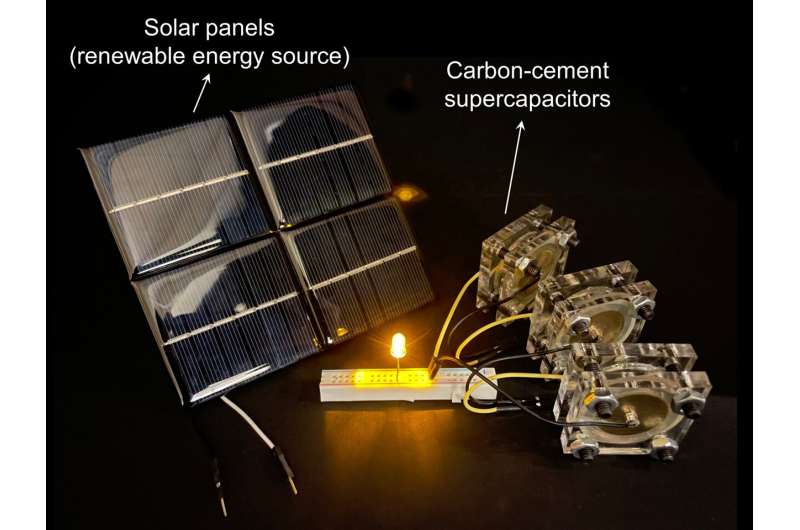Many different traits have tried to define human beings over the years, but honestly speaking, none have done a better job than that tendency of ours to grow on a consistent basis. This tendency to …
Many different traits have tried to define human beings over the years, but honestly speaking, none have done a better job than that tendency of ours to grow on a consistent basis. This tendency to improve, no matter the situation, has enabled the world to clock some huge milestones, with technology emerging as quite a major member of the group. The reason why we hold technology in such a high regard is, by and large, predicated upon its skill-set, which guided us towards a reality that nobody could have ever imagined otherwise. Nevertheless, if we look beyond the surface for a second, it will become clear how the whole runner was also very much inspired from the way we applied those skills across a real world environment. The latter component, in fact, did a lot to give the creation a spectrum-wide presence, and as a result, initiate a full-blown tech revolution. Of course, this revolution eventually went on to scale up the human experience through some outright unique avenues, but even after achieving a feat so notable, technology will somehow continue to bring forth the right goods. The same has turned more and more evident in recent times, and assuming one new discovery ends up with the desired impact, it will only put that trend on a higher pedestal moving forward.
The researching team at Massachusetts Institute of Technology has successfully developed a new energy-storing supercapacitor, which can be used to facilitate the use of renewable energy sources such as solar, wind, and tidal power by allowing energy networks to remain stable despite fluctuations in renewable energy supply. According to certain reports, the researchers used carbon black, alongside cement and water, to put-together this system. Once mixed and allowed to cure, the water would react with cement to form a branching network of openings within the structure, and as for carbon, it would migrate into the stated openings to make wire-like structures inside the hardened cement. These structures, in particular, have a fractal-like structure, meaning the bigger branches are to birth smaller ones, who then will instigate the creation of even smaller iterations. The process will only stop after the branches have achieved an extremely large surface area within a relatively small volume. Anyway, the next step is to soak the material in a standard electrolyte material, such as potassium chloride, a kind of salt. By doing so, you basically secure charged particles that accumulate on the carbon structures. Going by what the team discovered, two electrodes made of this material, separated by a thin space or an insulating layer, form a very powerful supercapacitor. The supercapacitors, on their part, are highly similar to your standard capacitors, which also consist of two electrically conductive plates immersed in an electrolyte and separated by a membrane. Considering the membrane in between the plates blocks charged ions from migrating across, it creates an electric field between the plates, and the capacitor becomes charged. Not just that, the capacitor’s two plates can notably maintain this pair of charges for a long time and then deliver them very quickly when needed. However, in supercapacitor’s case, the ability to store charges is much better in terms of both the volume and time.
“The material is fascinating,” said Admir Masic, a professor at MIT “because you have the most-used manmade material in the world, cement, that is combined with carbon black, that is a well-known historical material—the Dead Sea Scrolls were written with it. You have these at least two-millennia-old materials that when you combine them in a specific manner you come up with a conductive nanocomposite, and that’s when things get really interesting.”
For the future, the focus is likely to be on building bigger supercapacitors, starting from ones about the size of a typical 12-volt car battery before climbing up to a 45-cubic-meter version, a version which will inform us on the technology’s ability to store a house-worth of power. Another possible use case would be applying the technology in question to build concrete roadways that could store energy produced by solar panels alongside the road and then deliver that energy to electric vehicles traveling along the road. It will leverage a similar kind of technology used for wirelessly rechargeable phones.
When quizzed regarding whether the system can actually be scaled to accommodate various different needs, Franz-Josef Ulm, a professor at MIT, made the case by saying:
“You can go from 1-millimeter-thick electrodes to 1-meter-thick electrodes, and by doing so basically you can scale the energy storage capacity from lighting an LED for a few seconds, to powering a whole house,”




